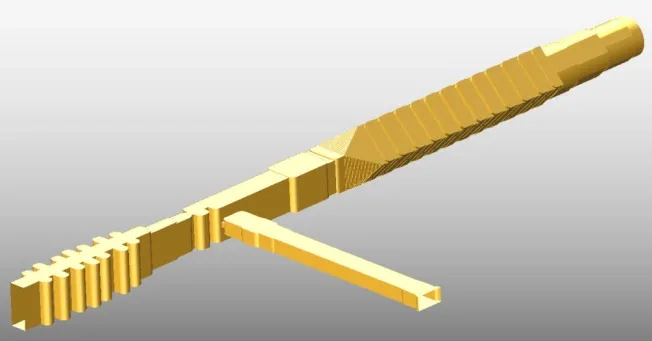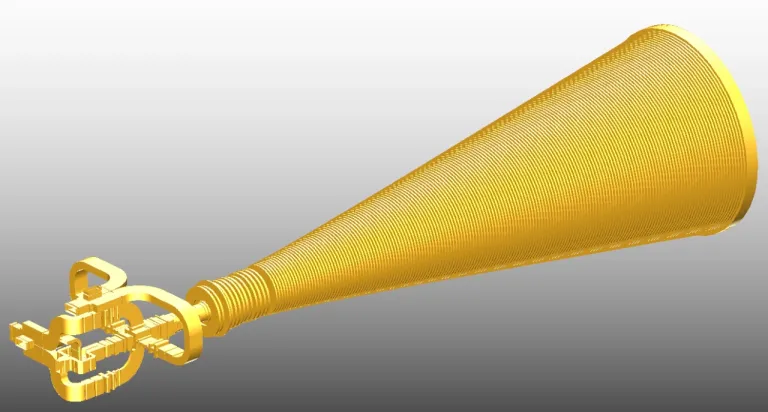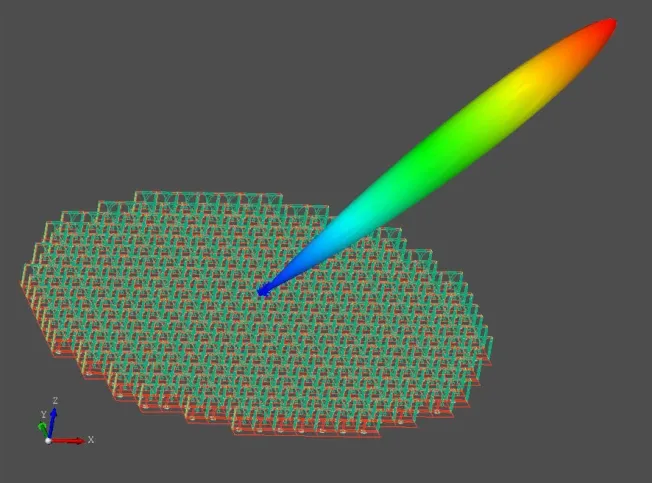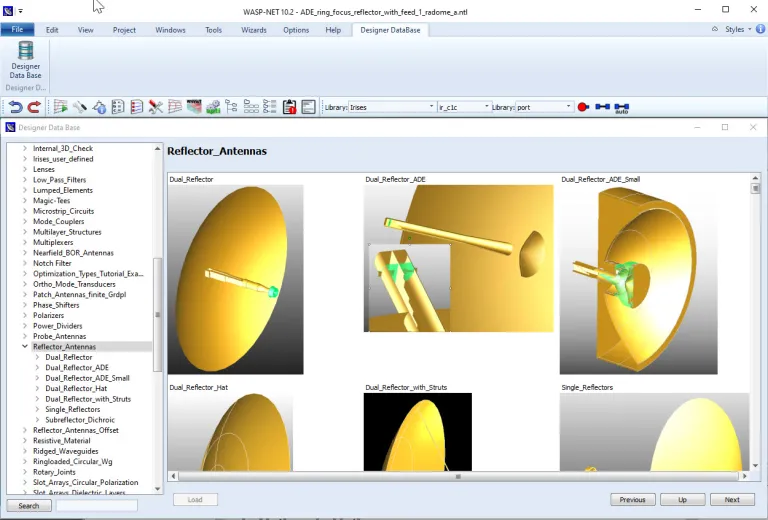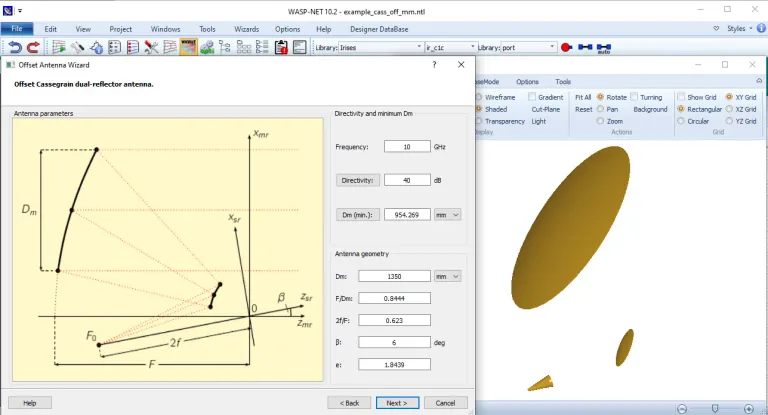WASP-NET
Hybrid Multi-Solver Domain Decomposition Electromagnetic CAD Technology
What is WASP-NET software?
WASP-NET® stands for Waveguide and Antenna Synthesis Program for Networks. WASP-NET helps you to get extraordinary time-saving benefits for your professional electromagnetic (EM) microwave and radio frequency (RF) CAD designs and optimizations while not compromising full-wave accuracy and general 3D structure flexibility
High design efficiency and fast product output are increasingly mission-critical for microwave, antenna, space and communication industries. Our hybrid EM CAD software and optimization tool, WASP-NET, helps reduce time to market through high simulation and optimization efficiency and accuracy.
Optimization Efficiency
Engineers can use WASP-NET to complete microwave and RF design tasks quickly through direct, fast and accurate full-wave overall EM optimization. The simulation speed of WASP-NET enables full design space exploration through a high number of optimization iterations in a short time. It enables the rapid solution of challenging design problems.
Solver Technology
The hybrid multi-solver technology of WASP-NET uniquely combines mode-matching (MM) speed with finite-element (FE) flexibility and method-of-moment (MoM) radiation computation efficiency, accelerated by domain-decomposition method (DDM), fast multipole method (FMM), adaptive integral method (AIM), adaptive cross-evaluation (ACE), iterative physical optics (IPO), and physical theory of diffraction (PTD).
Benefits for users are high calculation speed, complete 3D structure flexibility and full-wave accuracy for efficiently optimizing all passive microwave and RF components, antennas and arrays, including feed-networks, directly on rigorous EM level. Microwave and RF market leaders worldwide have acknowledged WASP-NET for over 25 years for solving challenging microwave and RF design problems with fast optimizations.
WASP-NET Applications Areas
WASP-NET has design and simulation capabilities in several areas of microwave and RF design
- Waveguide Structures
- Antennas with Feed Networks
- Antenna Arrays
- Designer Data Base
- Design Wizards
Waveguide Structure Engineering
Engineers can efficiently apply WASP-NET to the design and optimization of microwave and RF waveguide components, such as filters, couplers, diplexers, multiplexers, polarizers, ortho-mode transducers (OMTs), dielectric resonators, and circulators. It enables the processing of large portions of the waveguide structures by the quasi-analytical mode-matching (MM) technique and uses 3D EM only for those parts, which MM cannot handle.
Antennas with Feed Networks
WASP-NET offers a wide range of simulation methods for radiating elements. These methods are the method-of-moments (MoM) in form of advanced algorithms, such as the adaptive integral method (AIM), the multilevel fast multipole method (MLFMM), and the domain decomposition method (DDM).
Complete feed-networks (such as OMTs, polarizers, ...) can directly be integrated in the antenna design and optimization process achieving the optimum overall performance and unprecedented accuracy in a minimum of time.
Antenna Arrays
WASP-NET includes a powerful array tool, which allows analyzing and optimizing antenna arrays. It uses both the fast Floquet mode algorithm (infinite array extension, “periodic boundary”) and the rigorous domain-decomposition method (DDM), which takes the finite extension of the array into account.
Designer Data Base
WASP-NET includes a comprehensive designer database with more than 500 pre-optimized design examples of practically all types of microwave and RF waveguides, antenna structures , filters and components.
The design examples serve as convenient and user-friendly templates for your own fast advanced designs. Just scale a selected template to your required frequency range and modify the template when necessary. Then optimize the template to your specifications with WASP-NET's powerful optimizers and benefit from WASP-NET's high optimization speed.
Design Wizards
WASP-NET includes user-friendly design wizards for various microwave and RF application areas, such as different types of filters, antennas and arrays: From specs to rigorous EM-based results within minutes.
Start Your Journey
The world of Design & Simulation is changing. Discover how to stay a step ahead with SIMULIA.
Also Discover
Learn What SIMULIA Can Do for You
Speak with a SIMULIA expert to learn how our solutions enable seamless collaboration and sustainable innovation at organizations of every size.
Get Started
Courses and classes are available for students, academia, professionals and companies. Find the right SIMULIA training for you.
Get Help
Find information on software & hardware certification, software downloads, user documentation, support contact and services offering

